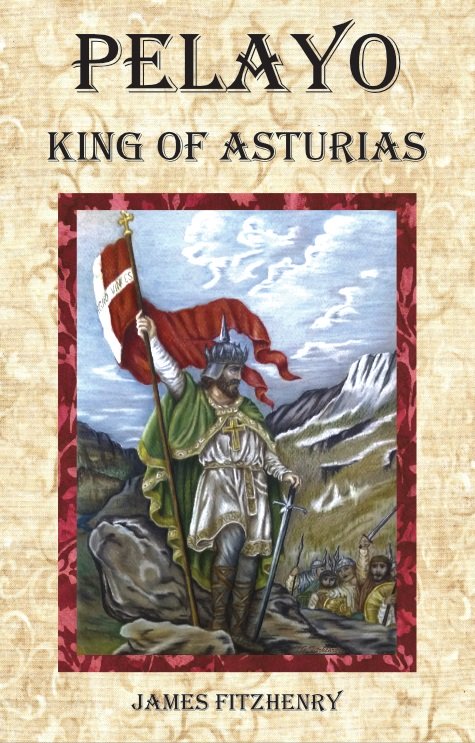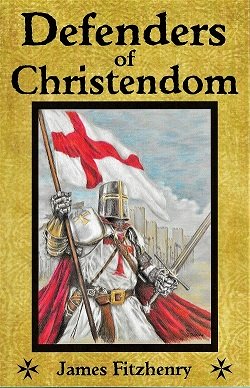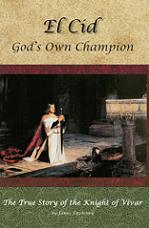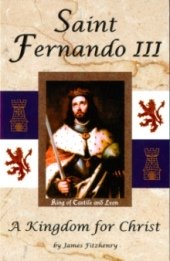Our Lady the New
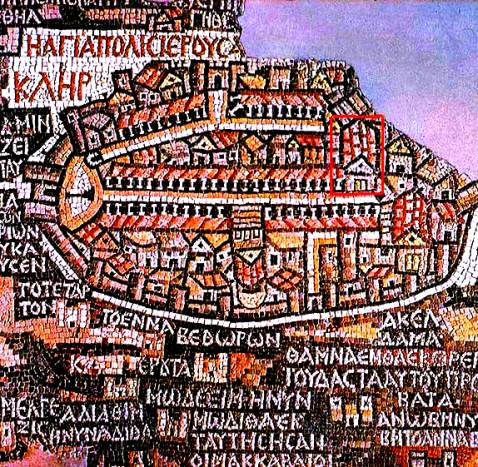
May 25: Our Lady the New, built by the Emperor Justinian, Jerusalem (530)
The Abbot Orsini wrote: “Our Lady the New, at Jerusalem, built by the Emperor Justinian, at Jerusalem, in the year 530.”
The Emperor Justinian is justifiably famous for his construction of the magnificent church of the Holy Wisdom, the Hagia Sophia, which is now a mosque in Istanbul. There was once another church, though, dedicated to the Blessed Virgin, that must have been just as splendid of an architecture wonder as the Hagia Sophia, but that was destroyed by an earthquake.
Recent archeological excavations have uncovered the foundation to the church, but there was also one of Justinian’s court historians, a man named Procopius of Caesarea, who wrote in great detail about the construction of the Nea (church of Our Lady the New):
Our Lady the New
“These things the Emperor Justinian accomplished by human strength and skill, but he was also assisted by his pious faith, which rewarded him with the honor he received and aided him in this cherished plan. The church required throughout columns whose appearance would not fall short of the beauty of the building and of such a size that they could resist the weight of the load which would rest upon them. However, the site itself, being very far from the sea inland and walled about on all sides by hills that were quite steep, made it impossible for those who were preparing the foundations to bring columns from outside.
But when the impossibility of this task was causing the Emperor to become impatient, God revealed a natural supply of stone perfectly suited to this purpose in the nearby hills, one which had either lain there in concealment previously, or was created at that moment. Either explanation is credible to those who trace the cause of it to God; for while we, in estimating all things by the scale of man’s power, consider many things to be wholly impossible, for God nothing in the whole world can be difficult or impossible. So the church is supported on all sides by a number of huge columns from that place, which in color resemble flames of fire, some standing below and some above and others in the stoas which surround the whole church except on the side facing the east.
Two of these columns stand before the door of the church, exceptionally large and probably second to no column in the whole world. Here is added another colonnaded stoa which is called the narthex, I suppose because it is not broad. Beyond this is a court with similar columns standing on the four sides. From this there lead doors to the interior which are so stately that they proclaim to those walking outside what kind of sight they will meet within. Beyond there is a wonderful gateway and an arch, carried on two columns, which rises to a very great height. Then as one advances there are two semi-circles which stand facing each other on one side of the road which leads to the church, while facing each other on the other side are two hospices, built by the Emperor Justinian. One of these is destined for the shelter of visiting strangers, while the other is an infirmary for poor persons suffering from diseases.”
Archaeologists working in the region near Jerusalem believe they have found this miraculous quarry. They have found a stone pillar that was cracked, and therefore not used, in a field of similar stones. Although the field cannot be linked to the Nea, it does seem to prove that the stone for the church was available for the project.
The church of Our Lady the New was built on Mount Zion and completed in 543, but was later destroyed during an earthquake in the year 746. Recent archeology confirms that the church was very large for the time at over 100 meters long and 52 meters wide, and probably had 5 aisles. Antoninus of Piacenza, who visited the basilica in about 570, wrote: “with its great congregation of monks, and its guest houses for men and women. In catering for travelers they have a vast number of tables, and more than three thousand beds for the sick.”
James Fitzhenry, roman-catholic-saints.com, Marian Calendar
Return to Roman Catholic Saints Home Page from Our Lady the New
Now Available!!
Pelayo's resistance initiated the nearly 800-year-long Reconquista to take back his country from the ruthless invader who had conquered his homeland and sought to erase his culture and his faith. His actions would lay the foundations of a Kingdom for Christ that would eventually reach around the world and spread the Catholic faith to millions of souls. Read more...
Please help us continue to bring high quality books to our readers at the lowest possible price! Click the link below! Thank you!
Now Available!
Catholic Vitality Publications presents . . .Brand new by
James Fitzhenry
Now in paperback!
Battles - Honor - Miracles! This
book is filled with amazing stories of little-known Catholic heroes presenting
spectacles of bravery and valor never exceeded in all the annals of history. read more. . .
Now Available for $24.95
Also available:
Catholic Vitality Publications
Roman Catholic books currently published by Catholic Vitality Publications:
El Cid, God's Own Champion
-the amazing true story of the life of Rodrigo Diaz, El Cid!
Available for only $22.95
St. Fernando III
A Kingdom for Christ
- King St. Fernando III, born 100
years to the month after the death of
the Cid. His life was filled with miracles
and many conquests!
Available now for $26.95
Discounts available for bulk
orders and for bookstore
retail sales! Just contact us

